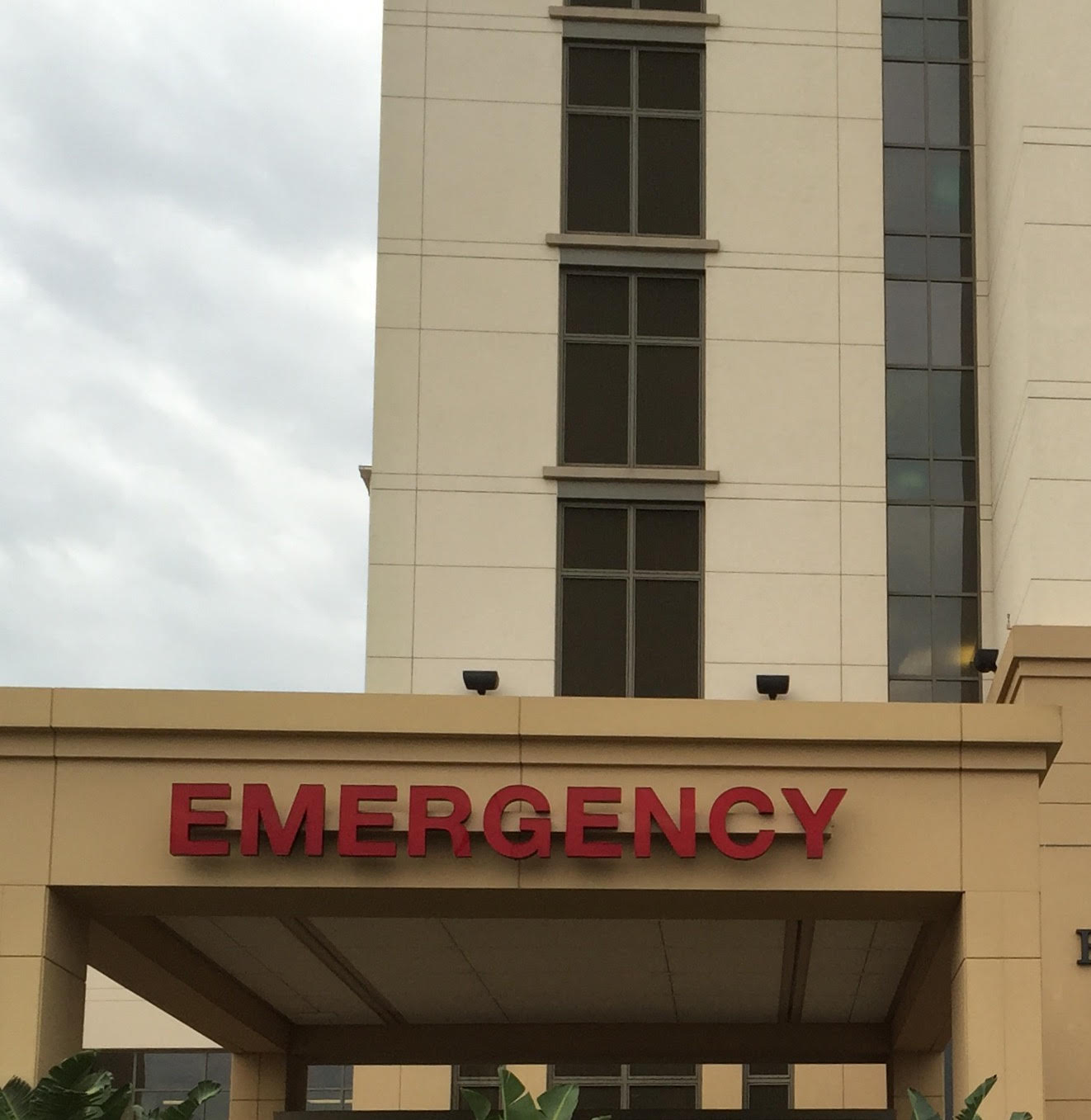You have an urgent medical problem [abdominal pain, chest pain, short of breath, etc.] or an accident [fall, cut, dog bite, etc.] and you need to visit your local Emergency Room (ER). The process of being seen in the ER can be frightening and unsettling. Each hospital has its own system but there are generalized steps to being treated for emergencies.
You enter the lobby of the ER and directed to a “sign in” desk. You will be asked for the medical problem you want treated. Please, state the true medical problem even if it may be embarrassing. It will help to sort you to the proper area of the ER. All personnel in the ER are bound to confidentiality and have compassionate training. The Emergency Room may be one large main area; or divided into areas for life-threatening emergencies, trauma, general emergencies, urgent care or fast-track.
The next step will either send you directly to a treatment room or a triage room outside of the main ER. Triage is the process of sorting medical problems according to severity. Major life-threatening or body part loss potential are listed on the top; while minor issues such as dental pain or medication refill are listed at a lower scale. This process is not to minimize your medical problem; and this may be a reason someone that came after you may be taken directly to a room before you.
Triage will consist of taking your vital signs: blood pressure, heart rate, breathing rate, temperature and pain scale. You will also be asked multiple questions by the nurse regarding your medical history, current medications, smoking history, etc. All of this information is necessary for proper treatment of your illness. This stage does not delay medical care; and if your situation changes or an additional medical urgency is recognized during this period, it will be taken care of immediately.
So now you are in a treatment room and have been triaged. The next steps may occur in various sequences. A medical provider [doctor, nurse practitioner, or physician assistant] will come into the room, ask you several questions (some may be the same as the triage nurse), and perform an exam. These questions guide the provider down a pathway toward a solution for your illness. The exam may not be a full exam as you normally receive during a yearly physical. It will be a focused exam according to your medical problem. Next, the medical provider will order test [labs, x-rays, EKG, etc.]; and/or order medications to be given to you. Occasionally, if the medical provider is occupied with a critical patient, the tests may be ordered prior to the provider seeing you. Your medical problem is listed on a computerized tracking system and the providers are constantly checking the patients’ status. The length of your stay in the ER varies according to several factors; the amount of people being seen, the workload in the lab or X-ray, availability of rooms, or sometimes even staffing.
If the provider determines tests are not necessary, then they will proceed to the final treatment plan after the examination. After all the results are obtained, the medical provider will decide on a diagnosis and treatment plan. You may be treated with medication, a cast, laceration repair or other treatments according to your diagnosis. Or the medical provider determines your illness will need extensive treatment or monitoring, and will admit you as an inpatient to the hospital.
If you are discharged from the ER, you will be given information on your diagnosis, instructions, a follow-up plan, and possibly prescriptions. Please have your prescriptions filled in a timely manner.
Remember, the ER provider may not be able to solve all of your medical problems in this visit. There are limitations of what can be done while in the Emergency Room. They are there to rule out the bad stuff, to keep you alive, and/or make you comfortable.
I hope these clarifications help you or a family member during your next visit to the Emergency Room.
Medical Definition of EMERGENCY
- an unforeseen combination of circumstances or the resulting state that calls for immediate action:
- A sudden bodily alteration (as a ruptured appendix or surgical shock) such as is likely to require immediate medical attention
- A usually distressing event or condition that can often be anticipated or prepared for but seldom exactly foreseen
2. an urgent need for assistance or relief







